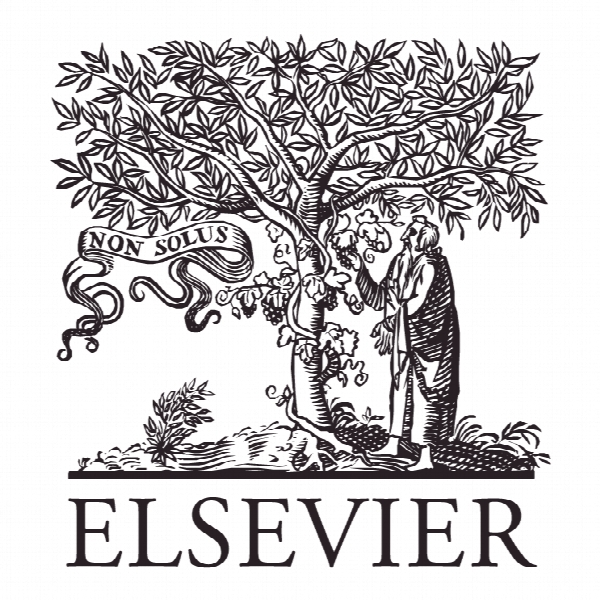پیوند سبک های تفکر به عملکرد فروش: اهمیت خلاقیت و دانش ذهنی Linking thinking styles to sales performance: The importance of creativity and subjective knowledg
- نوع فایل : کتاب
- زبان : انگلیسی
- ناشر : Elsevier
- چاپ و سال / کشور: 2017
توضیحات
رشته های مرتبط مدیریت
گرایش های مرتبط مدیریت کسب و کار MBA
مجله تحقیقات بازاریابی – Journal of Business Research
دانشگاه بخش بازاریابی، شمال ایلینوی، امریکا
نشریه نشریه الزویر
گرایش های مرتبط مدیریت کسب و کار MBA
مجله تحقیقات بازاریابی – Journal of Business Research
دانشگاه بخش بازاریابی، شمال ایلینوی، امریکا
نشریه نشریه الزویر
Description
1. Introduction Although academics and practitioners generally agree that understanding more about creativity and fostering increased creativity in organizations are important, few studies address the linkage between engaging in a creative process and job performance (Zhang & Bartol, 2010). Exploring creativity in the domain of personal selling provides insights into gaining competitive advantage by building stronger customer relationships. Selling tasks such as finding new prospects, uncovering and identifying customer needs, and tailoring solutions to those needs all require creative thinking (Wang & Netemeyer, 2004). With so much emphasis put on customer-oriented and solution selling, research on salesperson creativity is relevant and is one of the five most underresearched topics in the sales literature (Evans, McFarland, Dietz, & Jaramillo, 2012). This research aims to link Sternberg’s (1988, 1997) theory of mental self-government with the theory of creativity, specifically creative selling (Wang & Netemeyer, 2004). Creative selling refers to “the amount of new ideas generated and novel behaviors exhibited by the salesperson in performing his or her job activities” (Wang & Netemeyer, 2004, p. 806) and is an important factor leading to the successful implementation of unique client solutions and in enhancing firm performance. Coelho, Augusto, and Lages (2011) extend the theory of creativity in marketing by examining the mediating effect of role stress and intrinsic motivation on employee creativity. Recently, Agnihotri, Rapp, Andzulis, and Gabler (2013) introduce a service-specific, solution-centric model of boundary spanners’ (e.g., salespeople’s) creativity and show the importance of emotional intelligence, salesperson knowledge, and managerial feedback in creative selling. However, an aspect missing from the marketing and sales literature is a deeper understanding of the cognitive processes that foster creative selling. Sternberg’s (1997) theory of mental self-government uses the three functions of the U.S. government (judicial, executive, and legislative) to describe different thinking styles. Sternberg addresses questions such as “Why do so many people who fail in school succeed in life, and vice versa? … And why do some of those doctors who were straight-A students in medical school fail their patients?” (p. 18). Sternberg argues that what happens to individuals in life depends not just on how well they think but also on how they think. This line of reasoning raises an important question: If creative selling positively affects salespeople’s job performance, what type of thinking style is most beneficial to facilitate the creative selling process?


